The Impact of 3D-Printed Electronics on Future Tech
14 April 2025
Technology is evolving at a mind-blowing pace. One day, we're marveling at touchscreens; the next, we're talking about AI-powered everything. But there's one groundbreaking innovation that could change the game entirely—3D-printed electronics.
Imagine printing circuit boards, sensors, or even entire electronic devices just like you would a document. This isn't some sci-fi dream—it’s happening right now. And the impact on future tech? Absolutely massive.
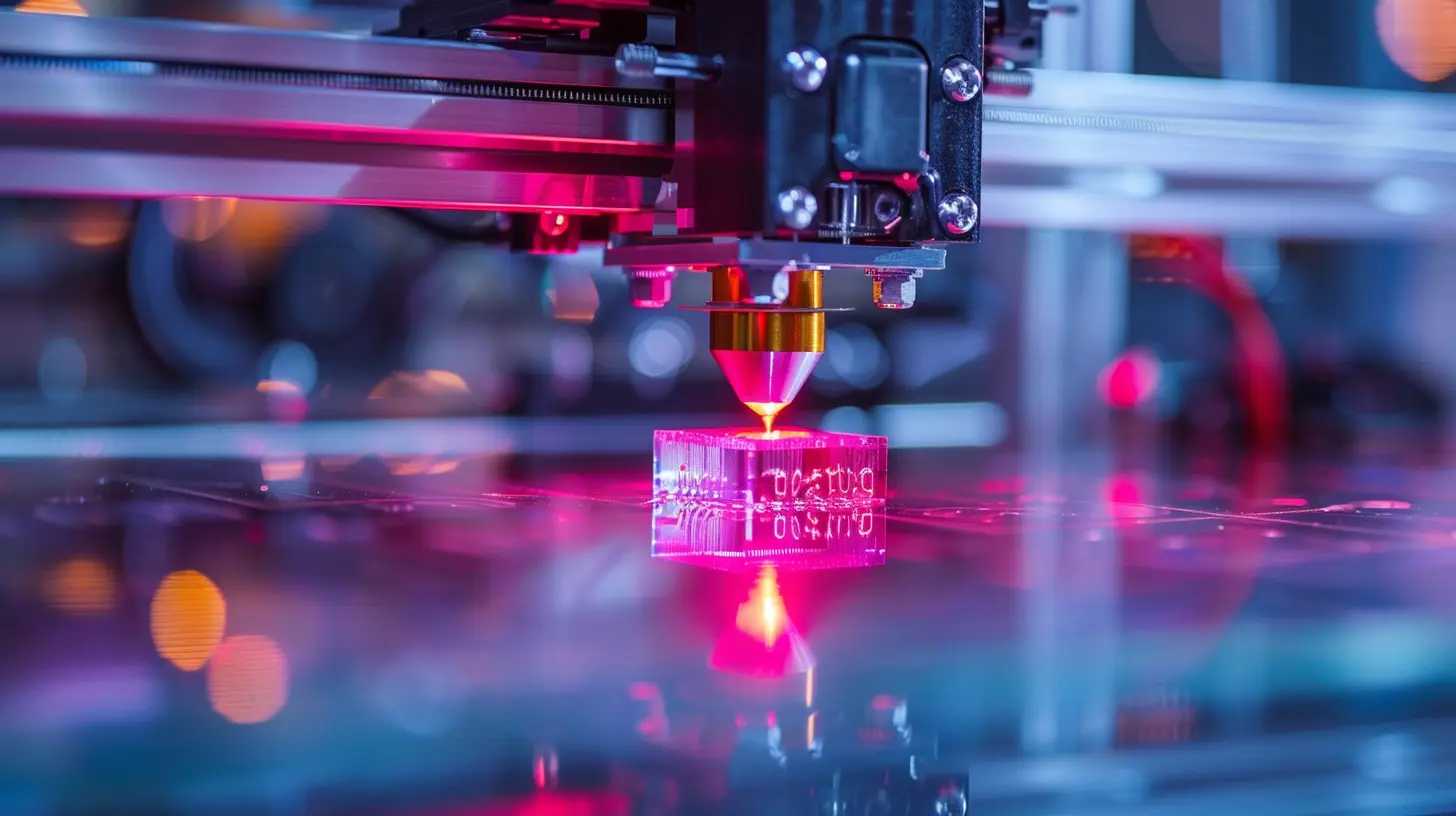
What Are 3D-Printed Electronics?
Before we dive into the future, let's break it down. 3D-printed electronics involve using specialized 3D printers to create circuits, sensors, or even fully functional electronic components layer by layer. Unlike traditional manufacturing, which relies on complex fabrication techniques, this method makes electronics as easy as printing a prototype.These printers use conductive inks (usually made of silver, copper, or carbon-based materials) alongside traditional polymer or ceramic substrates to print functional circuits. This not only simplifies production but also reduces waste and costs.

Why Is This a Game-Changer?
Faster Prototyping and Production
Traditional electronics manufacturing can be painfully slow and expensive. Prototyping a new circuit board might take weeks or even months. With 3D printing, you can design, print, test, and tweak electronics in a matter of hours.Lower Costs, Less Waste
Silicon-based circuits require multi-step processes, expensive cleanrooms, and tons of wasted material. 3D printing eliminates many of these inefficiencies. It’s cheaper, greener, and more sustainable—which is a win for both manufacturers and the planet.Customization Like Never Before
Imagine electronics tailored perfectly to your needs—whether it's bendable circuits, wearable sensors, or even customized smart devices designed for a specific user. 3D printing makes all of this easier than ever.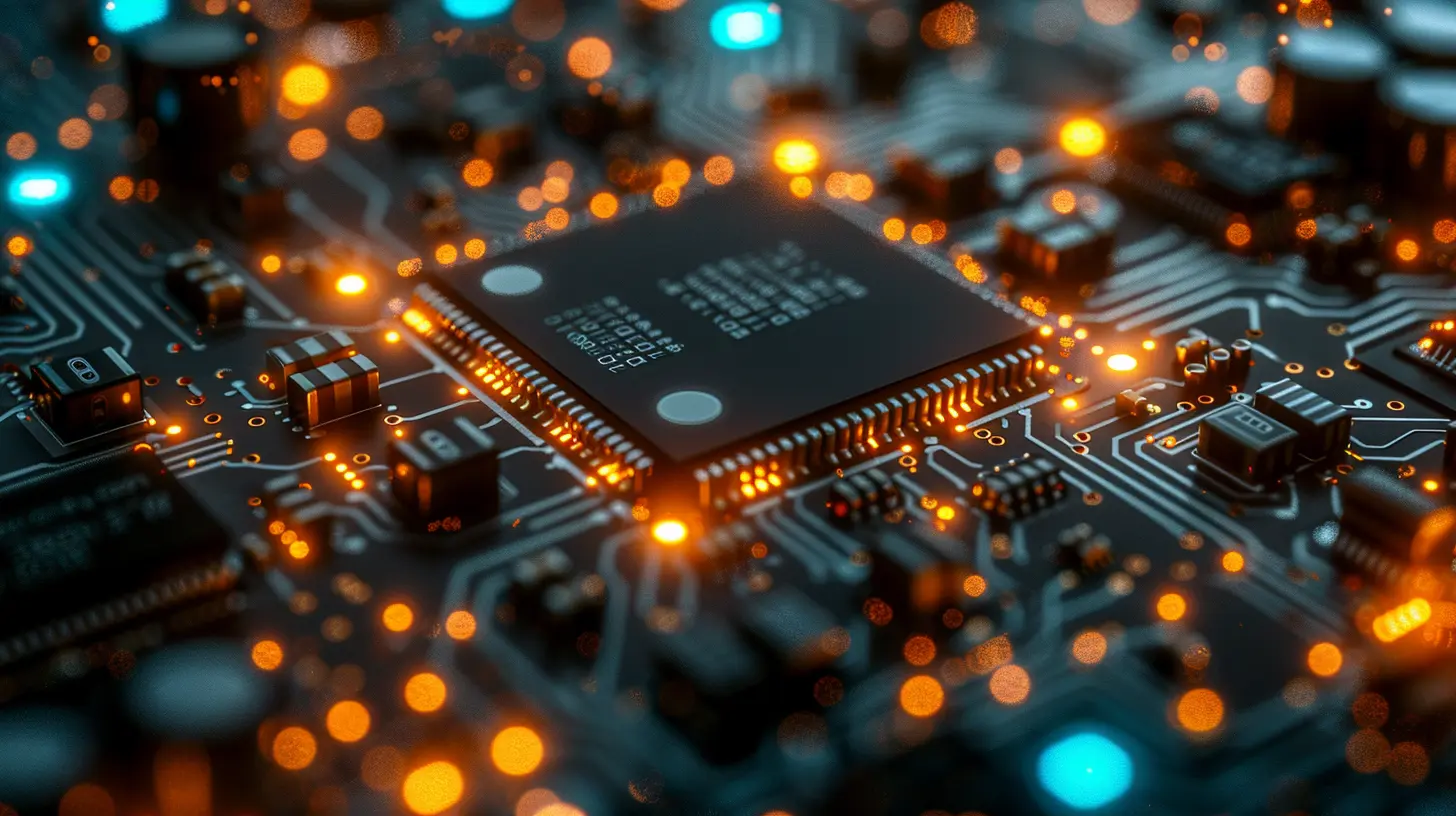
How Will 3D-Printed Electronics Shape Future Technologies?
This isn’t just about making circuit boards faster. The ripple effects will reshape entire industries. From healthcare to space tech, 3D-printed electronics are opening doors we never even knew existed.1. Wearable Tech Will Get Smarter
We already love our smartwatches and fitness trackers, but 3D printing could take wearables to another level.- Flexible circuits printed directly onto fabrics
- Ultra-thin sensors embedded in clothing
- Personalized medical wearables designed for individual patients
In short, your clothes might become your next fitness coach or health monitor.
2. Revolutionizing Medical Devices
Speaking of healthcare, 3D-printed bioelectronics could transform everything from pacemakers to prosthetics. Imagine printing a custom-fit hearing aid or a biosensor that detects diseases early—and all of it tailored exactly to a patient’s physiology.3D printing will also make medical tech more affordable, benefiting developing countries where resources are limited.
3. A Game-Changer for Aerospace and Space Exploration
In space, every gram matters. Traditional electronics are bulky and fragile. But what if astronauts could print their own electronic components on demand?- Satellites could be lighter and more efficient
- Spacecraft could have self-repairing electronics
- Astronauts could manufacture replacement parts in space instead of waiting for a resupply mission
NASA and SpaceX are already exploring this, and it could lead to long-term space missions becoming more viable.
4. IoT Devices Will Skyrocket
The Internet of Things (IoT) is already a big deal, but 3D-printed electronics could take it mainstream on a whole new level.- Cheaper production means more smart devices in homes
- Custom circuits could create ultra-efficient sensors
- Easily scalable manufacturing could make smart cities a reality faster
As IoT grows, expect to see smart homes, intelligent traffic systems, and even entire cities that run on connected devices.
5. Sustainable, Eco-Friendly Electronics
Electronic waste is a huge problem. Every year, we toss millions of tons of outdated gadgets into landfills. 3D-printed electronics could help reduce e-waste in multiple ways:- On-demand production means fewer unused components
- Recyclable materials make electronics greener
- Repairable circuits extend the lifespan of devices
This could lead to a future where we upgrade electronics instead of throwing them away, dramatically cutting down on harmful waste.
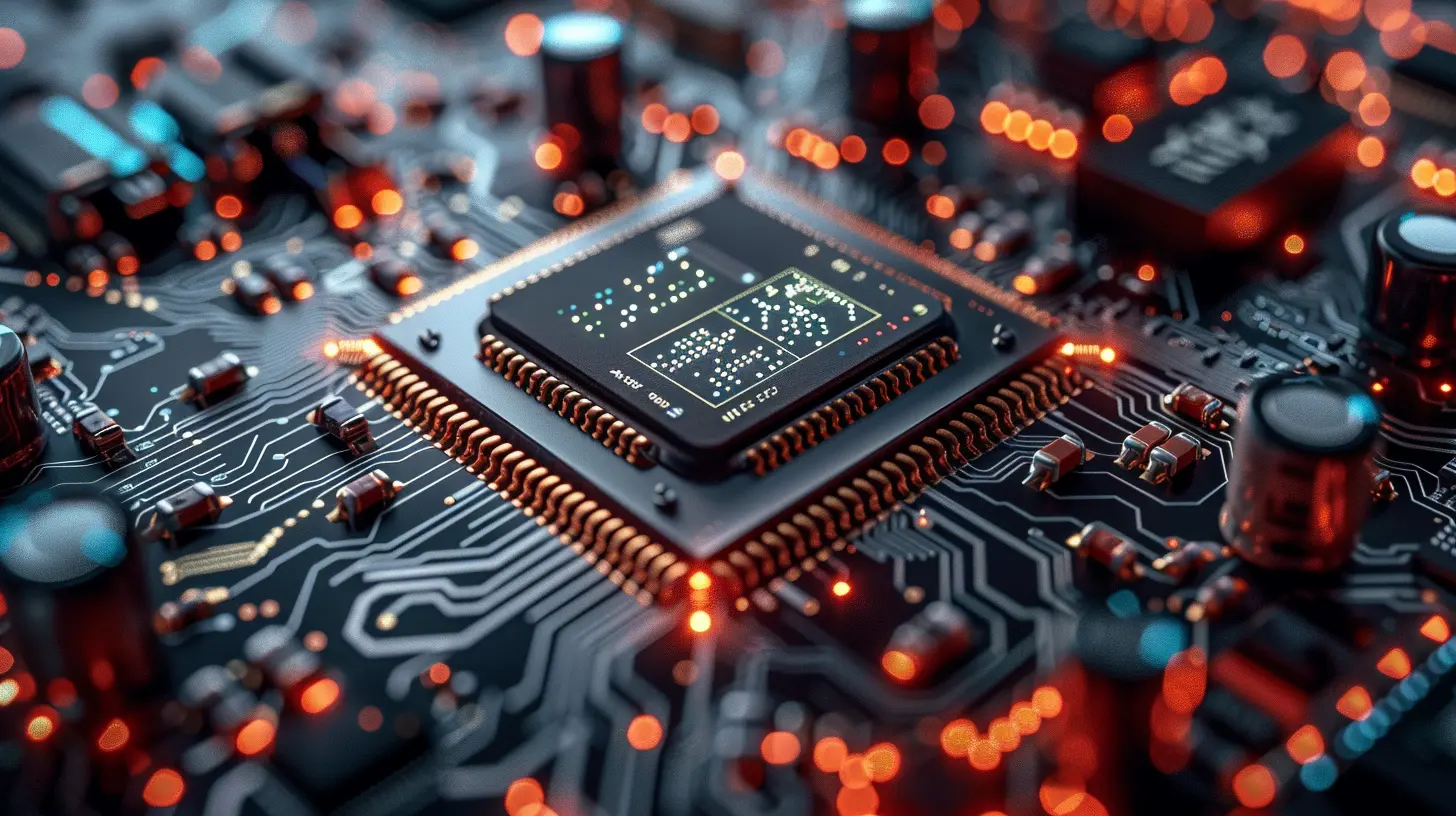
Challenges and Limitations
Of course, no technology is perfect—yet. While 3D-printed electronics have huge potential, there are still a few hurdles to overcome:1. Material Limitations
Right now, most conductive inks don’t match the efficiency of traditional silicon chips. Researchers are working on better materials to make printed electronics faster and more powerful.2. Complex Multi-Layer Circuits
Basic circuits? No problem. But when it comes to multi-layered, high-performance chips, 3D-printed electronics still have some catching up to do.3. Standardization Issues
Traditional electronics have well-established manufacturing standards. 3D-printed components need similar guidelines to ensure they’re safe, reliable, and functional at scale.Still, these are just growing pains. As researchers refine the technology, many of these obstacles will disappear—just like early 3D printing hurdles did.
The Future Is Already Here
The revolution isn't coming—it’s already happening. Major companies, universities, and startups are pouring resources into developing better materials, faster printers, and more advanced designs.We’re looking at a future where:
- Factories may no longer be necessary for electronics production
- Smart devices will be more customizable than ever
- Sustainability in electronics will become the norm, not the exception
In just a few decades, we might not be buying electronics the way we do now. Instead, we could be printing them at home, customizing them exactly how we want.
Conclusion
The impact of 3D-printed electronics on future tech can’t be overstated. From wearables and medical devices to space tech and sustainable electronics, this innovation is set to reshape industries, reduce costs, and make electronics more accessible than ever.Yes, challenges remain—but if history has taught us anything, it's that technology moves fast. And those who embrace it early will lead the way.
So, are we ready for a future where we don’t just use electronics—we print them? Only time will tell—but the possibilities are already electrifying.
all images in this post were generated using AI tools
Category:
Future TechAuthor:

John Peterson
Discussion
rate this article
8 comments
Khloe Pruitt
3D-printed electronics could revolutionize design, production, and sustainability in technology.
May 9, 2025 at 7:47 PM

John Peterson
Absolutely! 3D-printed electronics offer unprecedented design flexibility, streamlined production processes, and enhanced sustainability, paving the way for next-gen tech innovations.
Lincoln McElveen
Great insights! 3D-printed electronics are truly revolutionary, paving the way for innovation and customization in tech. Excited to see where this leads us!
April 30, 2025 at 12:21 PM

John Peterson
Thank you! I share your excitement about the possibilities of 3D-printed electronics in transforming tech innovation and customization.
Tobias Bowers
Who knew printing gadgets at home could one day replace my trusty old pizza printer?!
April 26, 2025 at 12:52 PM

John Peterson
It's fascinating how 3D printing is revolutionizing not just tech but everyday items, like pizza printers! The future holds endless possibilities.
Zailyn McCloud
3D-printed electronics revolutionize prototyping and production, enhancing customization, reducing waste, and accelerating innovation in fields like IoT and wearable technology. Exciting future ahead!
April 25, 2025 at 6:48 PM

John Peterson
Thank you for your insights! Indeed, 3D-printed electronics hold immense potential to transform industries through enhanced customization and efficiency. Exciting times lie ahead!
Rhea Fuller
The rise of 3D-printed electronics is poised to revolutionize the tech landscape, offering unprecedented customization and efficiency in design and manufacturing. This innovation not only streamlines production processes but also paves the way for sustainable practices, drastically reshaping how we conceptualize and create electronic devices.
April 22, 2025 at 8:27 PM

John Peterson
Absolutely! The potential of 3D-printed electronics to enhance customization and efficiency is indeed transformative, enabling sustainable practices and reimagining our approach to electronic design and manufacturing.
Dakota Allen
Great insights! The potential of 3D-printed electronics to revolutionize the tech landscape is truly exciting. Looking forward to future developments!
April 22, 2025 at 2:57 AM

John Peterson
Thank you! I'm glad you found the insights valuable. Exciting times ahead for 3D-printed electronics!
Jett McClary
3D-printed electronics could revolutionize design, production efficiency, and customization in technology.
April 18, 2025 at 8:27 PM

John Peterson
Absolutely! 3D-printed electronics offer unprecedented opportunities for innovative designs, streamlined production processes, and tailored solutions, paving the way for a transformative future in technology.
Carmen McTigue
Exciting innovations ahead!
April 14, 2025 at 11:21 AM

John Peterson
Thank you! I'm thrilled about the possibilities 3D printed electronics will bring to future technology!
MORE POSTS
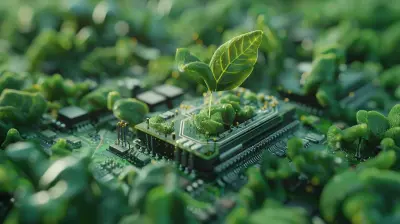
Exploring the Potential of Biodegradable Electronics
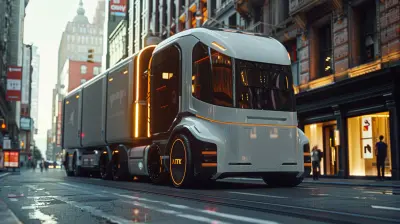
The Impact of Autonomous Vehicles on the Freight Industry

DIY vs Professional: How to Set Up Your Own Smart Home

Debugging Complex Codebases: Tools that Save Time

How Ultrabooks Are Closing the Gap Between Tablets and Laptops

How Autonomous Vehicles Could Impact Real Estate and Urban Planning